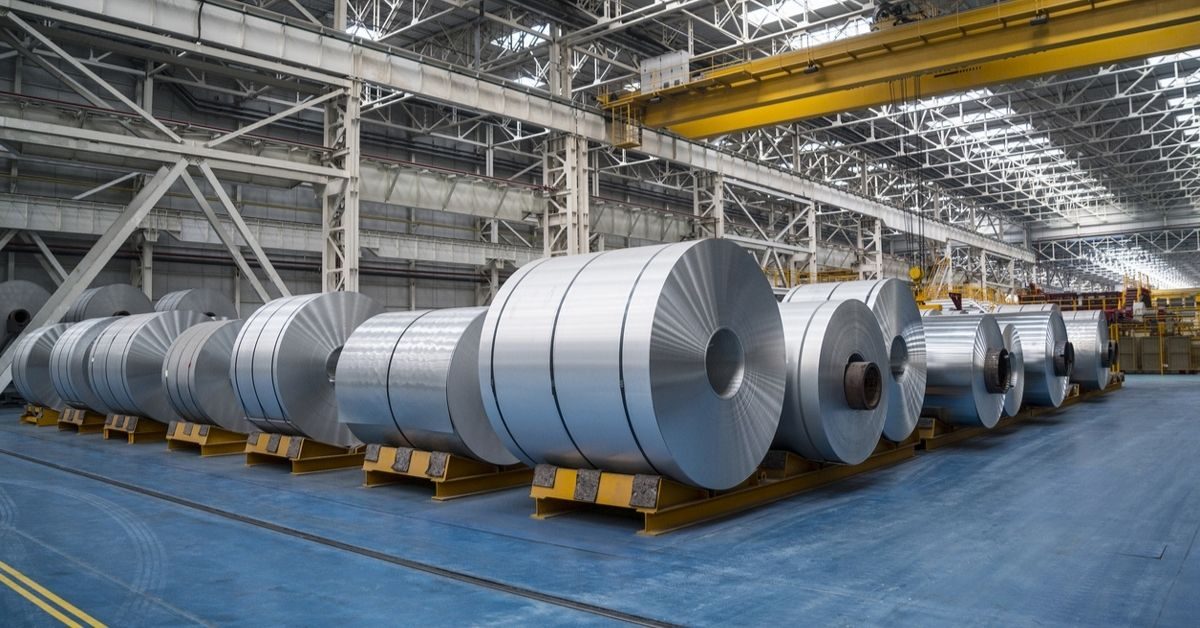Following Jindal Steel and Power’s (JSPL) winning of the contract to build Paradip Port’s western dock, it will be the company’s first entrance into the port and shipping industry. This strategy is similar to that of other steel producers who are relying heavily on captive ports and shipping to cut costs. “Today, JSPL exports over 3 million tonne of steel commodities from India each year, while our imports, which include coking coal, steel coal, and limestone, total almost 8 million tonne. We have to carry this 11 million tonne through six ports: Haldia, Dhamra, Paradip, Gopalpur, Visakhapatnam, and Gangavaram,” JSPL Managing Director, VR Sharma said.
“As a result, we made the decision to build our own port and jetty.” This would make things easier for us. “Right now, we’re producing 9 million tonnes, but by 2025, we’ll be producing 15 million,” he continued. Because Paradip Port is close to the business’s Angul and Raigarh factories, the company will “save a lot” on freight prices and time as a result of the port’s expansion. Apart from the cost savings that include shipping charges, JSPL’s decision, according to an industry analyst, would allow it synergize port operations with its production facilities. Steel companies without a presence in ports might consider making comparable investments through group entities in the near future.








